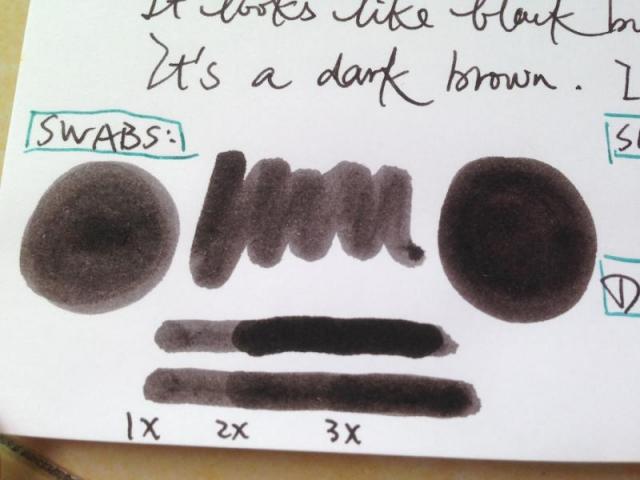Search the Community
Showing results for tags 'gentle'.
-
I've just purchased a bottle of Sailor Jentle Ink called "Doyou" which means mid-summer in Japanese. It's one of the eight inks of their "Colours of Four Seasons" line. Many people like Oku-yama and Yama-dori of this line, and this Doyou one is relatively rare and I was not able to find many reviews...
-
I have a bit of a hangup for permanent inks, and this is often at odds with my passion for vintage pens. Do you think I'm going to take apart a Parker Vacumatic, clean it, replace the diaphragm, admire the clarity of the barrel that has survived for 70 or 80 years, and then fill it with Heart of Da...










